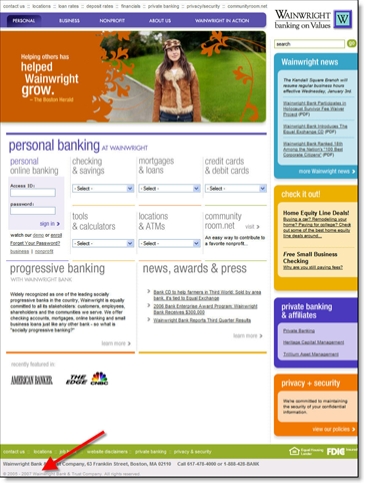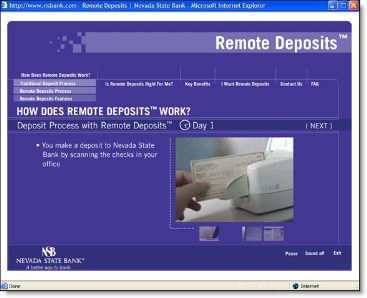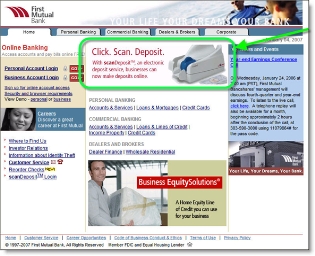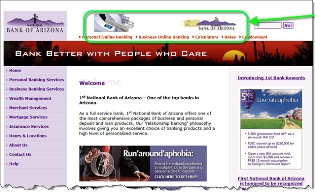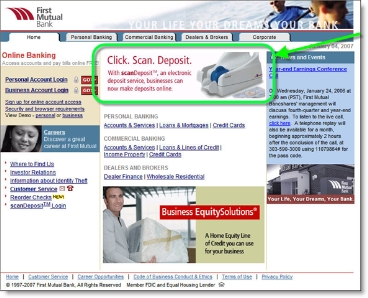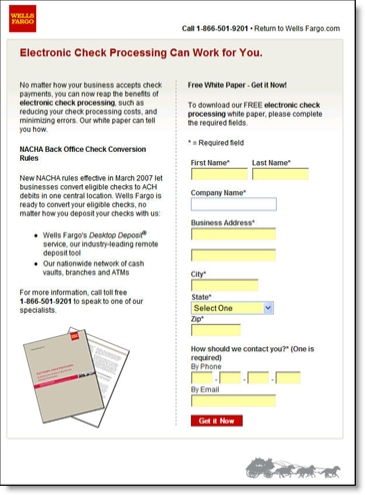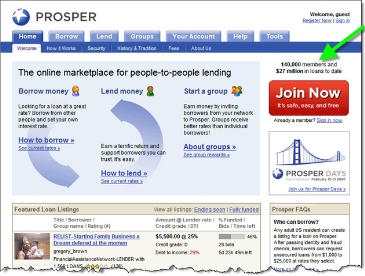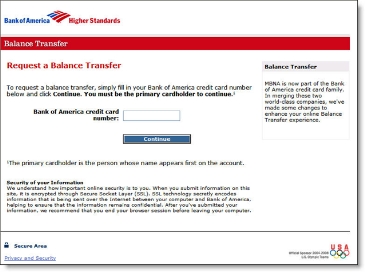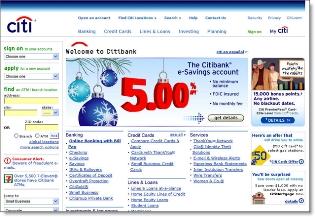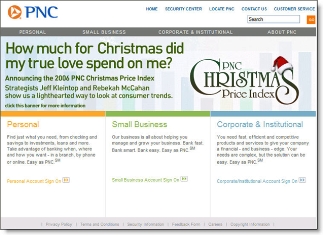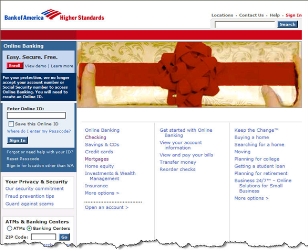Editor's Note: I've been sitting on this post for a few weeks because I don't want to sound like I'm on a virtual soapbox. But since so many influential banking execs were in attendance, I feel it's important to provide an alternative view. So…
 <Climbing on soapbox> Am I the only one who thought the "branch experience" keynote at November's BAI Retail Delivery Conference was about 5 to 10 years behind the times?
<Climbing on soapbox> Am I the only one who thought the "branch experience" keynote at November's BAI Retail Delivery Conference was about 5 to 10 years behind the times?
Sure, I like the Umpqua Bank story as much as the next person, probably more so. I went to CEO Ray Davis's talk in a back room at Retail Delivery about ten years ago and was blown away by his retail innovations. It's in the top four or five most memorable presentations I've ever heard, and I'm glad the strategy has worked so well for them.
And I'm all for remodeling branches to keep up with times, but the Microsoft-produced video he showed, which was shot in Umpqua's Pearl District branch in Portland, was so far-fetched it bordered on ludicrous. (Note: This was Microsoft's "vision" of banking's future, not the bank's. Umpqua merely provided the futuristic location. Here's Microsoft's press release.)
The video – intended to demonstrate how in the future a fully networked high-tech, high-touch branch could serve customers better – was visually appealing, and, if there was no Internet, it might even be on the mark. But why would the wired diva in the video pay $20 to take a cab to a branch to complete her mortgage application? Surely she would have logged in, perhaps via video conference if needed, and handled it from her home or office, saving not only the $40, but also the half-hour trip.
Umpqua succeeded because it's a great community bank, not because it had its own brand of coffee and Starbucks-like interiors. Those gimmicks grabbed attention and brought in new customers, but the bank thrived because it created an environment where its front-line employees were able to pay attention to customers and serve them better than its mega-bank competitors.
But today it would be a waste of resources to embark on a strategy similar to Umpqua's. By the time it would become fully implemented, 2009/2010 at the earliest, the world will have moved still further from the old apply-for-your-mortgage-in-our-lovely-branch model.
What's far more important going forward is the "out-of-branch experience" – online, phone, and mobile-phone hybrids. You will have ten, twenty, even 100 times more interactions with your customers outside the branch than inside.
Yes, those branch interactions are still vitally important, especially if they involve a new account or serious service issue. But branches will never again be the driver of customer satisfaction they once were. Bank on it. <Stepping down now>
For more information:
